Road Sign Maintenance is critical to maintain Road Safety
Despite the UK’s Traffic Signs Manual stating that steps should be taken to ensure clear visibility of roadside signs is maintained, the resources dedicated to road-side maintenance are under pressure.
Here, Danny Adamson, Managing Director at Stocksigns discusses the importance of signage visibility and the factors that should be considered.
Road traffic signs play an integral role in keeping road users safe. Without them, drivers risk facing sudden hazardous surprises, endangering others, and themselves. This is why it is concerning that cuts to local authorities’ budgets and historic underfunding have had a severe impact not only on signage maintenance, but also on road surface repairs.
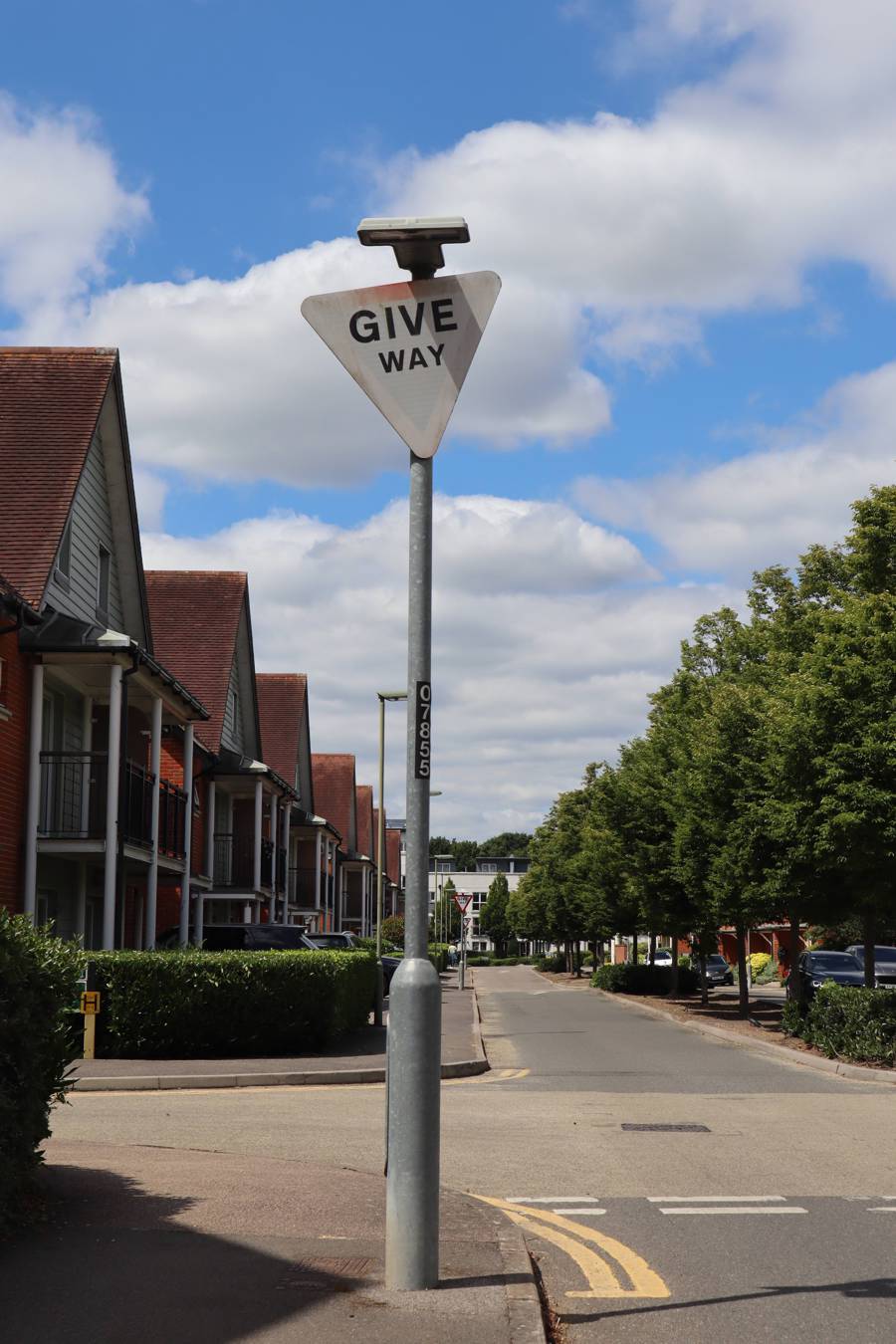
To fully understand the importance of road signage and its location, it’s useful to outline some of the key criteria that must be considered prior to its installation. It is critical that signage is clearly visible and is correctly placed. The positioning of road signs can be surprisingly complex with a range of knock-on effects, including their future maintenance.
The UK’s Traffic Signs Manual describes some of these dilemmas. For example, warning signs should be mounted so that the sign’s lower edge is between 900mm and 1500mm above the highest point of the adjacent carriageway. Signs mounted at the lower end of this range benefit from receiving clearer illumination from vehicle headlights. But signage in this position is then vulnerable to spray and dirt, which may affect their visibility. Furthermore, the manual recommends that all signs should be set back from the edge of the carriageway to prevent damage from passing vehicles. Yet by positioning signage away from the road, vegetation could obscure it.
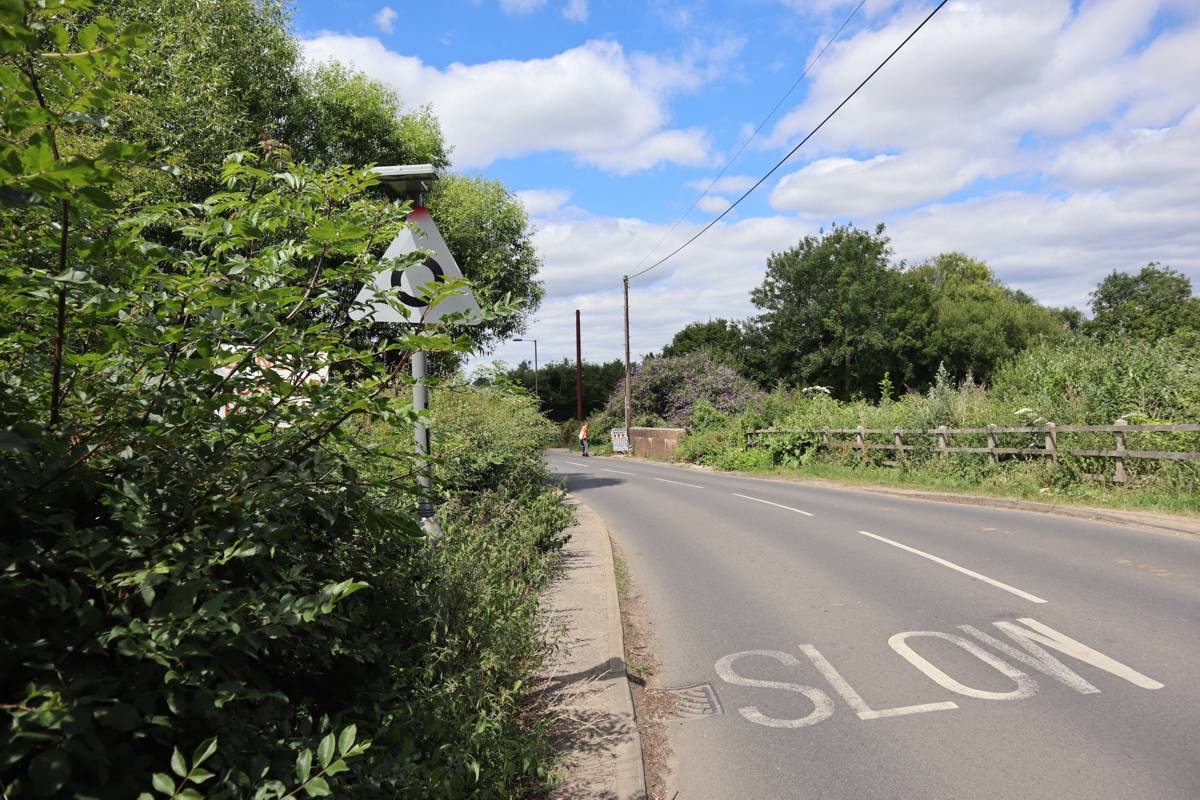
The Traffic Signs Manual also highlights the need for the correct maintenance of all roadside signage, indicating that this should be done ‘in order to preserve their original effectiveness and general condition.’ Periodic cleaning of the signs is important as dirt deposits on the sign will impact the likelihood that drivers will see it, especially at night. This is because the retro-reflectivity of the sign is reduced. The required frequency of cleaning will depend on the site conditions.
Vegetation, particularly in the summer when plants grow very fast, is cited as a common obstruction of roadside signage. The Traffic Signs Manual stresses the importance of regular roadside signage inspections. The public can also help by reporting any maintenance issues or obstructions to signage located on motorways or major A-roads to the National Highways. However, simply clearing away plants near to a sign may not always be enough to ensure clear visibility.
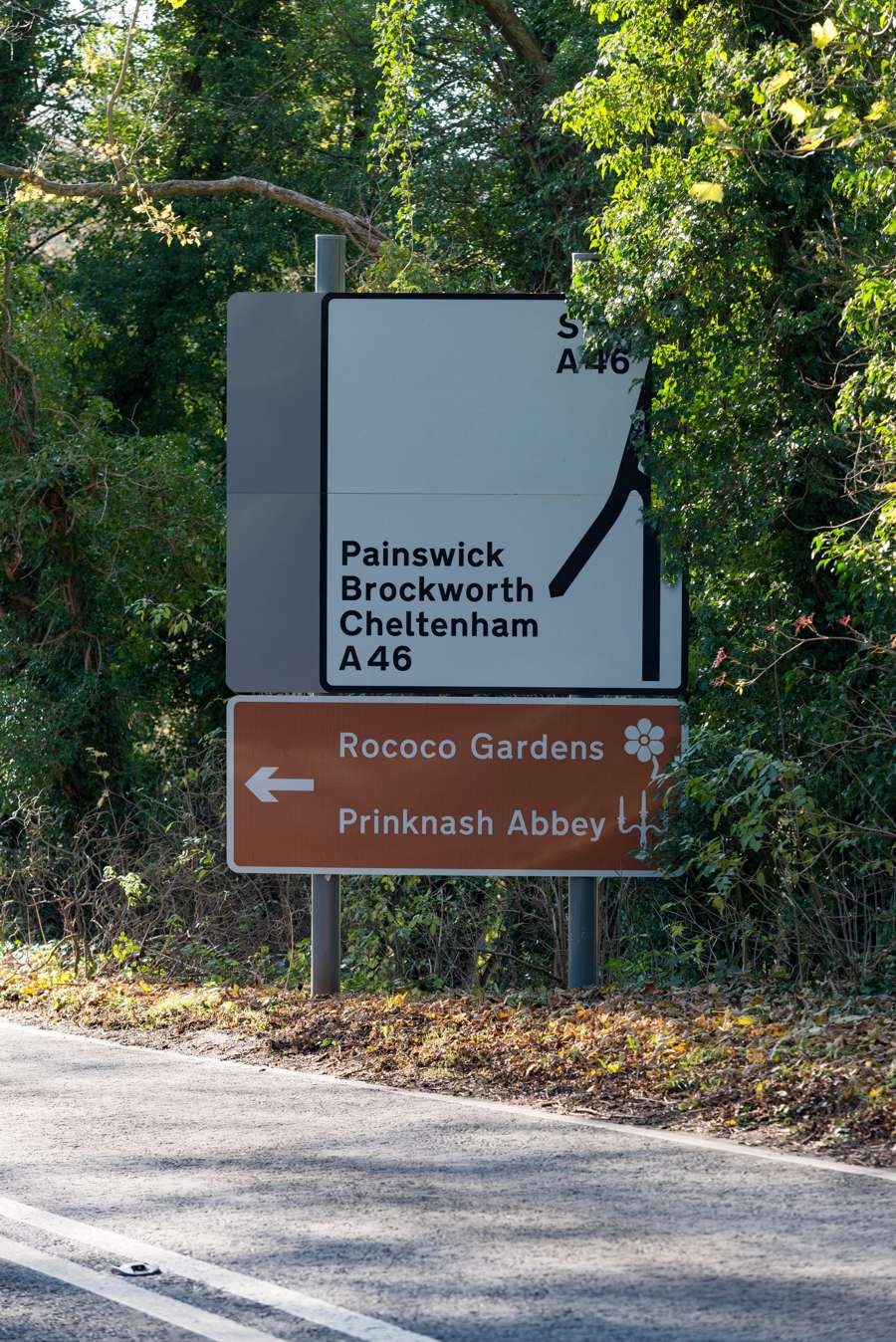
The manual states that the sightline to a sign should not cross private property, such as where the sign is close to a bend in the road. The reason for this is that a local authority may not legally be able to cut back vegetation or remove any obstructions on the land and therefore the minimum visibility distance cannot be guaranteed. The document stresses the importance of ensuring a sign is unobstructed and is in line with the visibility distances that it sets out, which can vary depending on the traffic speed. For example, where traffic speed is between 21 and 30 mph the minimum visibility distance is 60 metres, while for speeds of 51 to 60 mph, the distance is 90 m.
The relevant Welsh authority will soon have to consider some of these factors when installing new 20mph road signage. From September 17, Wales will be the first nation in the UK to introduce a default 20mph speed limit on roads where cars mix with pedestrians and cyclists. A report was published earlier this year by the Welsh government that found that a reduction in the speed limit from 30mph to 20mph resulted in fewer road collisions, less serious injuries and more people walking and cycling.
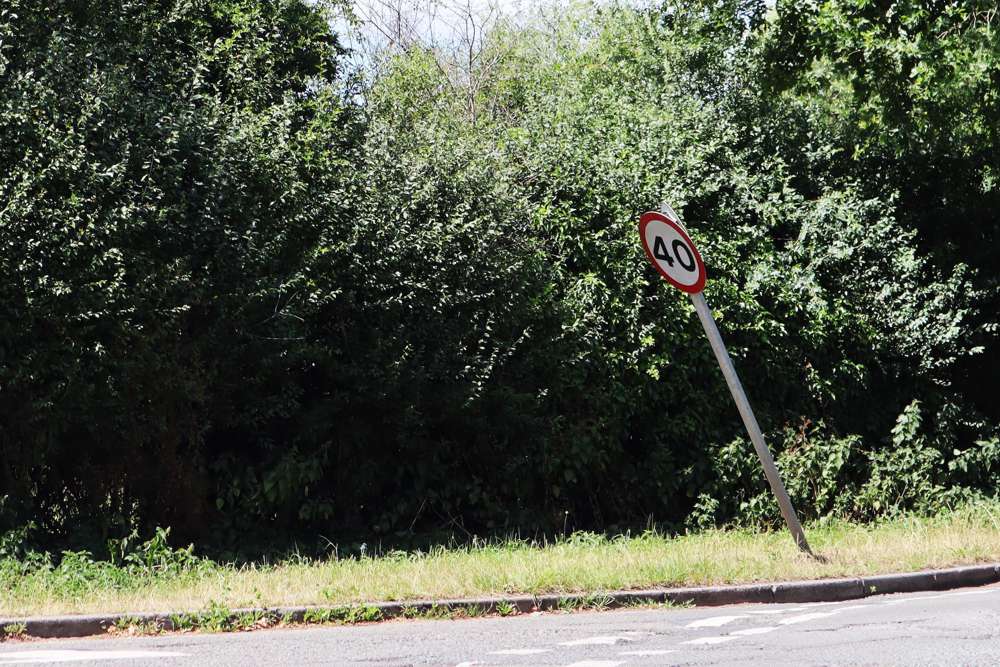
Given that more UK cities and villages may adopt the speed limit of 20mph, especially with campaign groups like ‘20s Plenty for Us’ behind the initiative, the maintenance of these signs and other highway signage will be crucial. Unfortunately, cuts to local authorities’ budgets have impacted on signage maintenance.
This situation was recently highlighted in the Annual Local Authority Road Maintenance (ALARM) survey published by the Asphalt Industry Alliance. It reported that local authorities in England and Wales only received two-thirds of what they needed to stop local roads from further deterioration.
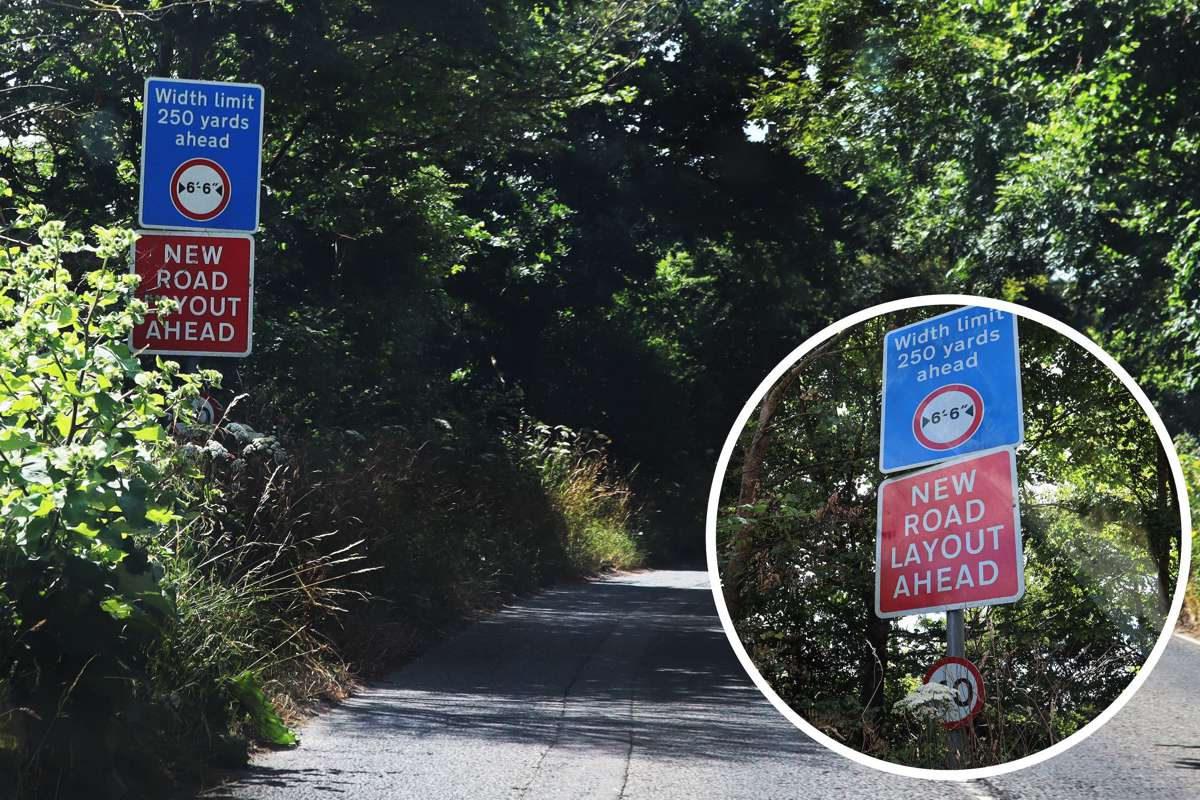
Even though average highway maintenance budgets increased by 4.5% in 2022/23, this does not keep pace with rising inflation. Also, not all local authorities saw an increase in funding: 53% reported a cut or freeze, even before inflation is considered.
It is therefore crucial that local authorities manage their spending in a prudent way to ensure roadside signage maintenance is not overlooked. If signage is not maintained, the signs effectiveness will be seriously impaired putting road safety and people’s lives at risk.



















